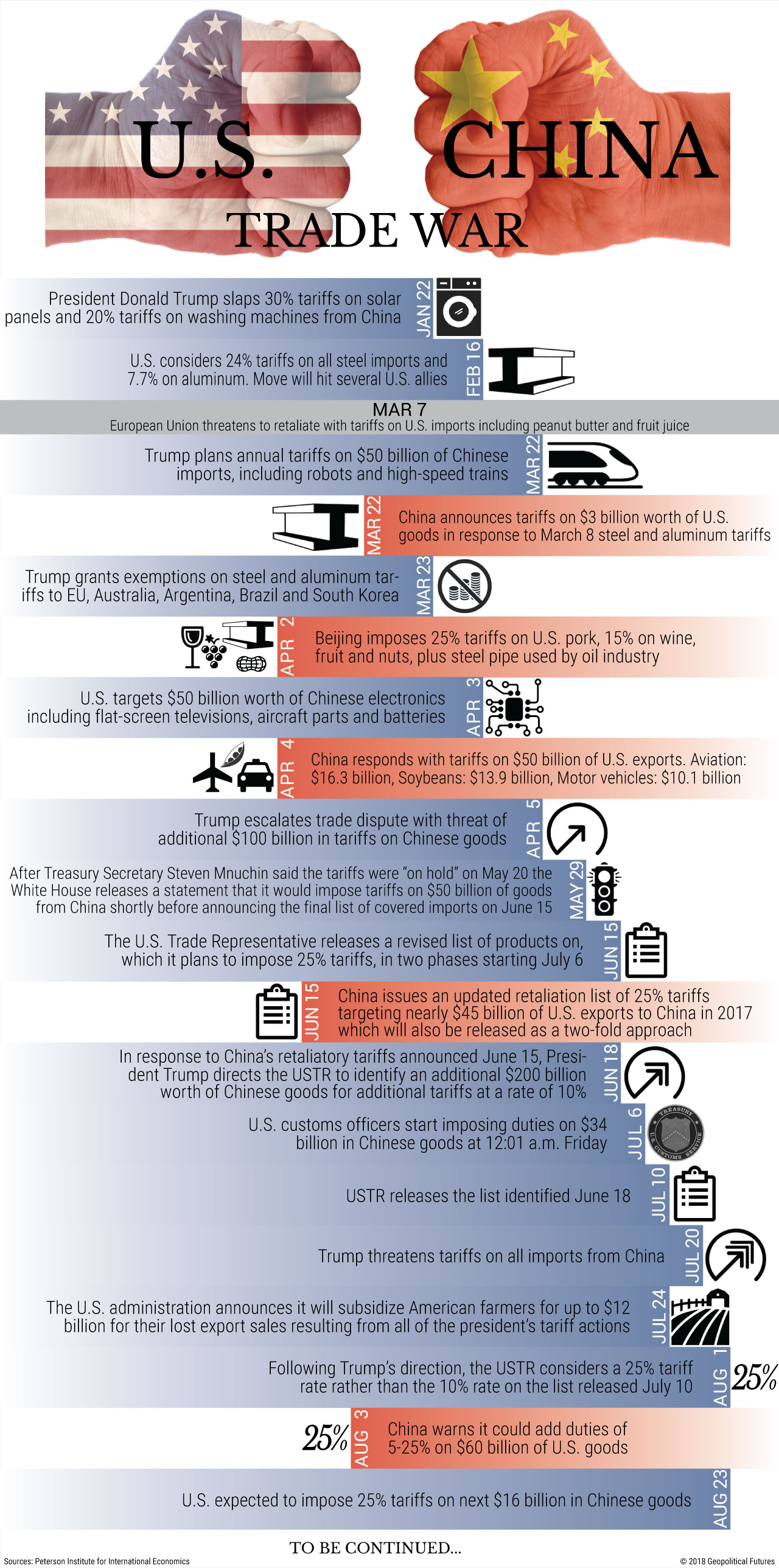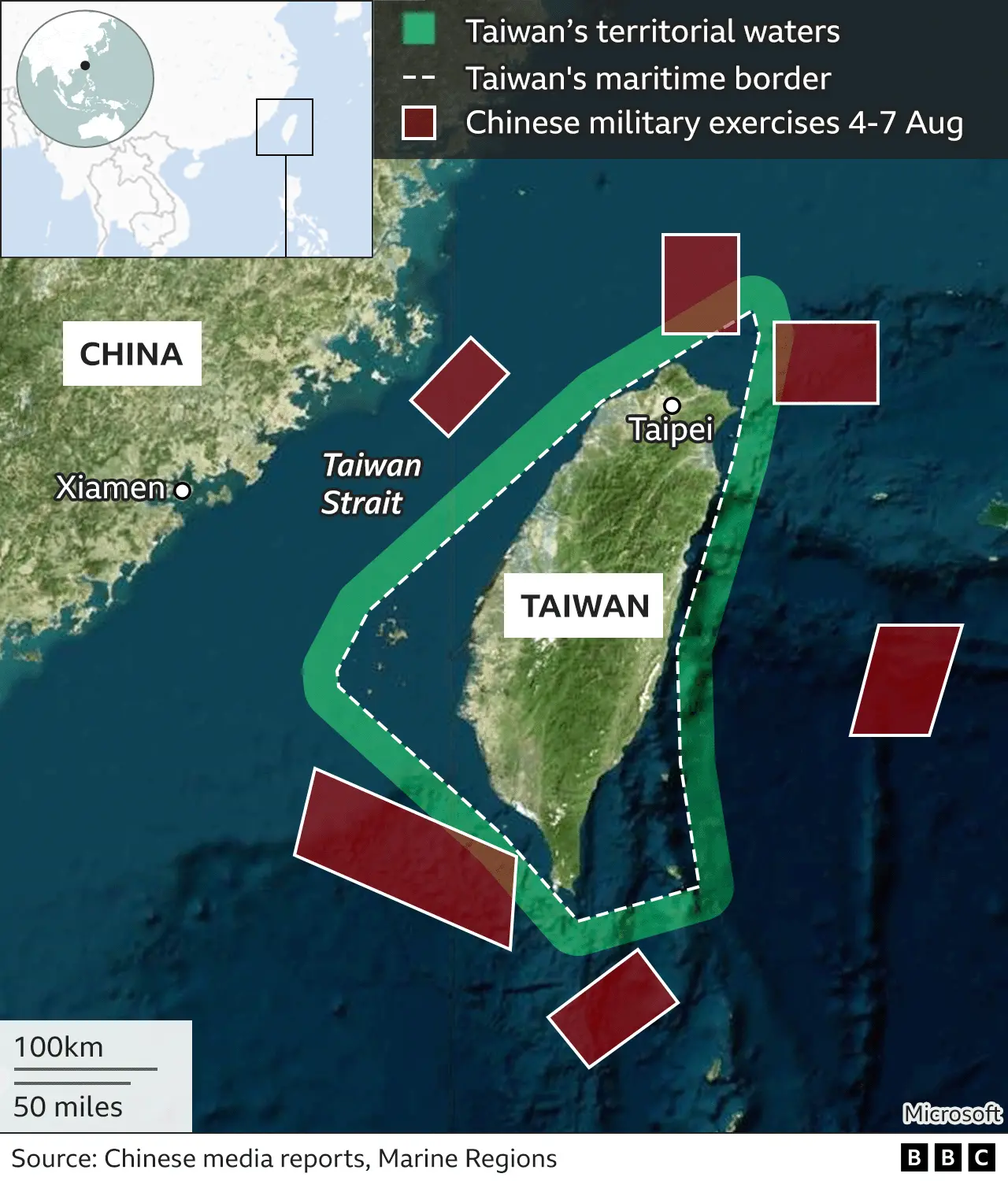China And US Trade: Navigating The Path To A New Trade Agreement

Table of Contents
Historical Context of China US Trade Relations
The history of China-US trade relations is a complex tapestry woven with threads of cooperation and conflict. Early engagement saw rapid growth in bilateral trade, fueled by China's accession to the World Trade Organization (WTO) in 2001. This period witnessed a surge in Chinese exports to the US, leading to increasingly large trade imbalances. These imbalances, coupled with concerns in the US regarding unfair trade practices, intellectual property theft, and the rise of Chinese state-owned enterprises, laid the groundwork for future friction.
- Early stages of engagement and rapid growth in trade volume: The initial years following China's WTO entry were marked by significant economic expansion for both nations, driven by increased trade.
- Emergence of trade imbalances and US concerns about unfair trade practices: As the trade volume grew, so did the US trade deficit with China, fueling concerns about unfair competition and the need for a more balanced trade relationship.
- The Trump administration's trade war and imposition of tariffs: The Trump administration initiated a trade war, imposing significant tariffs on numerous Chinese goods, leading to retaliatory tariffs from China. This period was characterized by significant uncertainty and disruption in global trade.
- The "Phase One" trade deal and its limitations: While the "Phase One" deal signed in 2020 provided some relief, it only addressed a limited number of issues and left many key disputes unresolved. Its limitations highlighted the deep-seated structural issues hindering a more comprehensive agreement.
Understanding this China-US trade history is essential to grasping the complexities of forging a new agreement.
Key Issues in Reaching a New China US Trade Agreement
Several key issues continue to hinder the creation of a comprehensive and lasting China US trade agreement. These sticking points necessitate careful negotiation and a commitment to finding mutually acceptable solutions.
- Intellectual property rights protection in China: The inadequate protection of intellectual property rights in China remains a major concern for US companies, impacting innovation and competitiveness.
- Market access for US companies in China: US companies often face significant barriers to accessing the Chinese market, including regulatory hurdles, discriminatory practices, and limitations on foreign ownership.
- Concerns about state-owned enterprises and subsidies in China: The role of state-owned enterprises and government subsidies in the Chinese economy raises concerns about unfair competition and market distortion.
- Technology transfer issues and national security concerns: Forced technology transfer and concerns about the security implications of Chinese technological advancements remain significant obstacles.
- Enforcement mechanisms and dispute resolution: The lack of effective mechanisms to enforce trade agreements and resolve disputes is a critical challenge.
These trade barriers must be addressed comprehensively for any new China US trade agreement to be successful.
Potential Pathways Towards a New Agreement
Reaching a new agreement requires a multifaceted approach, focusing on both short-term and long-term solutions.
- Phased approach to reducing tariffs and resolving specific issues: A gradual reduction of tariffs, coupled with targeted solutions for specific issues, could build trust and momentum.
- Strengthening international rules and dispute settlement mechanisms: Reform of the WTO and strengthening of international rules-based trade could provide a more stable and predictable framework.
- Greater transparency and predictability in trade policies: Increased transparency and predictability in trade policies would reduce uncertainty and encourage investment.
- Focus on areas of mutual benefit and cooperation: Identifying areas of mutual benefit and cooperation, such as climate change and global health, can foster collaboration.
- Addressing underlying structural issues in the global trading system: Addressing broader structural issues in the global trading system, such as industrial subsidies and digital trade, is crucial for long-term stability.
Trade liberalization and WTO reform are key elements in creating a more sustainable China US trade relationship.
The Impact of a New China US Trade Agreement on the Global Economy
A new China US trade agreement would have profound implications for the global economy.
- Reduced uncertainty and increased investment: A stable trade relationship would reduce uncertainty and encourage increased investment, boosting global economic growth.
- Lower consumer prices for goods and services: Reduced tariffs and increased competition could lead to lower consumer prices for goods and services.
- Increased economic growth in both countries and globally: A mutually beneficial agreement would contribute to economic growth in both China and the US, with positive spillover effects on the global economy.
- Potential shifts in global supply chains: The agreement could lead to significant shifts in global supply chains, impacting various industries and countries.
- Impact on developing countries: The impact on developing countries would depend on the specific provisions of the agreement and its effect on global trade flows.
A successful China US trade agreement would significantly contribute to global trade and economic growth.
Conclusion
Reaching a new China US trade agreement presents significant challenges, but also substantial opportunities. The historical context, key issues, and potential pathways all highlight the need for careful negotiation and a commitment to fair trade practices. A stable and mutually beneficial trade relationship between these two economic giants is essential for global economic stability. Further research and informed discussion are critical for navigating the complex path toward a successful China US Trade Agreement. Continued dialogue, compromise, and a commitment to fair trade practices are essential for establishing a new era of stable and productive economic engagement between these two global powers. Understanding the intricacies of the China US Trade Agreement is crucial for businesses and policymakers alike.

Featured Posts
-
 Escaping The Trap Of Insufficient Funds A Step By Step Guide
May 22, 2025
Escaping The Trap Of Insufficient Funds A Step By Step Guide
May 22, 2025 -
 Chinas Military Drills Switzerland Issues Strong Reprimand
May 22, 2025
Chinas Military Drills Switzerland Issues Strong Reprimand
May 22, 2025 -
 Mysterious Red Light Flashes In France What Was It
May 22, 2025
Mysterious Red Light Flashes In France What Was It
May 22, 2025 -
 Call For Dialogue Switzerland And China Address Tariff Concerns
May 22, 2025
Call For Dialogue Switzerland And China Address Tariff Concerns
May 22, 2025 -
 Get Ready For Spring Streaming Jellystone And Pinata Smashling On Teletoon
May 22, 2025
Get Ready For Spring Streaming Jellystone And Pinata Smashling On Teletoon
May 22, 2025
Latest Posts
-
 Ukrayina Ta Nato Yevrokomisar Poperediv Pro Klyuchovu Nebezpeku
May 22, 2025
Ukrayina Ta Nato Yevrokomisar Poperediv Pro Klyuchovu Nebezpeku
May 22, 2025 -
 Blake Lively Lawyers Alleged Threat Taylor Swift Texts At The Center Of Controversy
May 22, 2025
Blake Lively Lawyers Alleged Threat Taylor Swift Texts At The Center Of Controversy
May 22, 2025 -
 Vstup Ukrayini Do Nato Golovna Nebezpeka Za Slovami Yevrokomisara
May 22, 2025
Vstup Ukrayini Do Nato Golovna Nebezpeka Za Slovami Yevrokomisara
May 22, 2025 -
 Subpoena Casts Shadow On Blake Lively And Taylor Swifts Relationship
May 22, 2025
Subpoena Casts Shadow On Blake Lively And Taylor Swifts Relationship
May 22, 2025 -
 Did Taylor Swifts Legal Issues Damage Her Bond With Blake Lively
May 22, 2025
Did Taylor Swifts Legal Issues Damage Her Bond With Blake Lively
May 22, 2025
